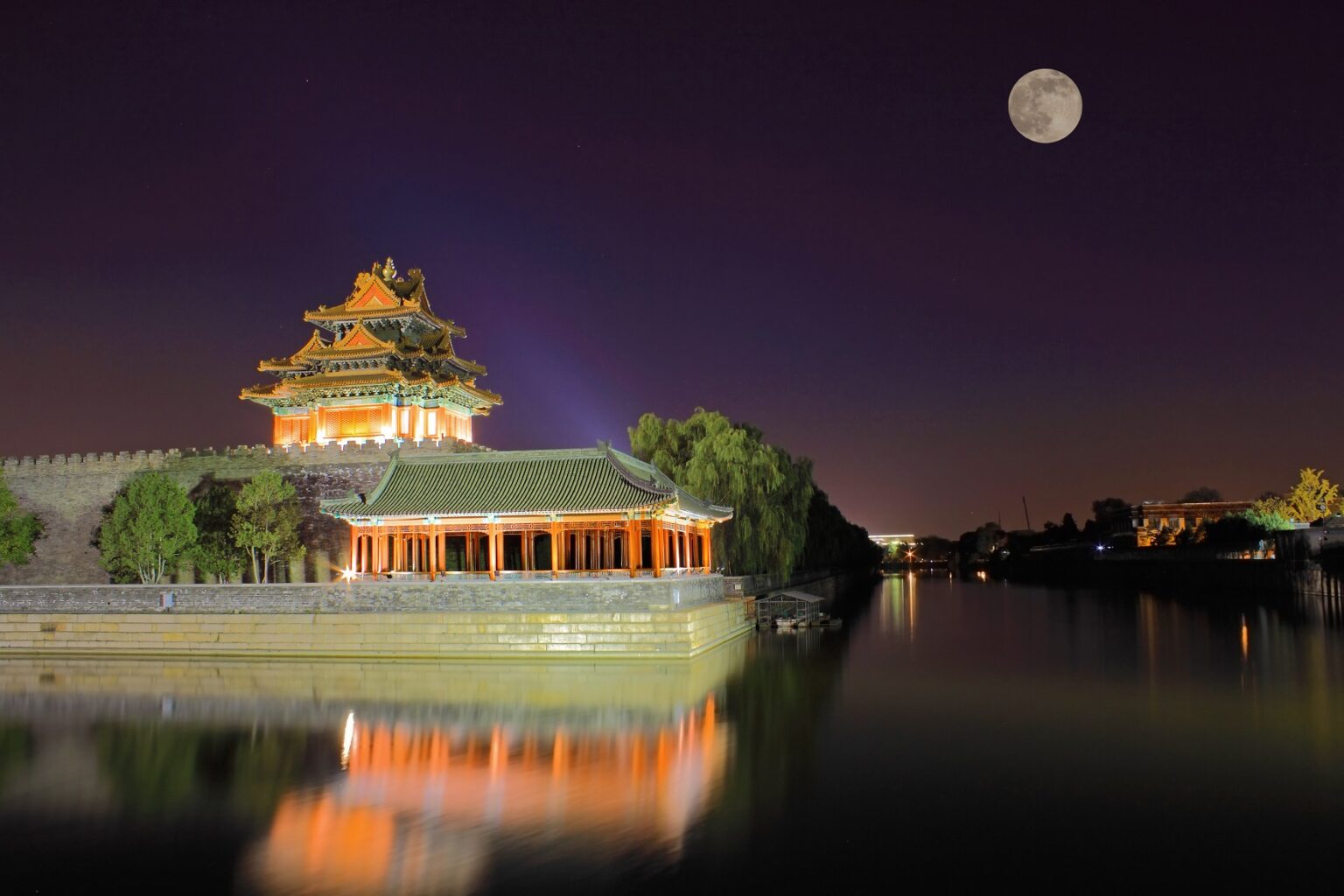
By Li Mei, Emiko Kingswell, Staff Middle Land
The Mid-Autumn Festival is the second largest traditional festival, after the Lunar New Year. It is one of the most humane and poetic traditional Chinese festivals, and has been celebrated for over 3,000 years, long before the Chinese Communist Party took control the Mainland China.
According to historical records, the word “Mid-Autumn Festival” first appeared in the Confucian classic Zhou Li, and was an ancient custom in China. During the Zhou Dynasty (c. 1046 BC – 256 BC) emperors had the custom of making a sacrifice to the sun at spring equinox, to the earth at summer solstice, to the moon at autumn equinox and to the sky at winter solstice. It wasn’t until the early Tang Dynasty (618 – 907) that the Mid-Autumn Festival became a regular custom. Records from the time show that the celebration was on the fifteenth day of the eighth month. However, its popularity increased in the Song Dynasty (960 – 1279), making it one of the major festivals in Ancient China.
The fifteenth day of the eighth month of the Chinese lunar calendar lies in the second month of autumn, known as “mid-autumn”. Hence the names, “Mid-Autumn Festival” or “August Festival”. The full moon tends to be exceptionally bright, large and round at that time of year; the ancients considered it a symbol of reunion, thus bringing about another name, “Reunion Festival” in the Ming Dynasty.
“August 15 is called Mid-Autumn Festival, when folk send moon cakes to each other, symbolizing reunion,” says the West Lake Tourism Chronical. “At the August 15 moon festival, the cake must be round… petals carved like a lotus flower… women return to the home and to the husband; it’s the reunion festival,” says the Imperial Capital Scenic Spectacle.
The festival’s customs and activities probably began in the Wei and Jin dynasties, but perhaps not practiced widely. Around the Tang Dynasty, Mid-Autumn moon appreciation became popular, and many literati and writers wrote poems about the moon. There was the poet Li Bai, who wrote, “Raising my head to look at the bright moon, lowering my head to think of my hometown.” The poet Du Fu wrote, “The dew is white from tonight, the moon is bright in my hometown.” The Song Dynasty poet Wang Anshi wrote, “The spring breeze is greening again on the banks of the south of the river, and when will the bright moon shine on me again? When will the bright moon shine on my return?” When enjoying the moon in mid-autumn, the moon is full in the sky; when thinking of one’s hometown, it is bittersweet. People have sung such poems for thousands of years.
There are also some interesting couplets for enjoying the Mid-Autumn moon, such as:
The moon is full in the sky,
The moon is half-full on earth,
And the moon is full at the half of the moon;
The end of the year is at the end of this night,
The beginning of the year is at the end of tomorrow,
And the end of the year is at the beginning of the year.
The Song Dynasty’s Mid-Autumn Folklore Festival, centered on moon viewing, officially designated activities for the Mid-Autumn Festival. During the Song, Ming, and Qing Dynasties, moon appreciation and celebration spread on a larger scale between the court and folk of China. On the night of Mid-Autumn Festival, people would amuse themselves with riddles, compose poems, and gather with friends and family—a reunion accompanied by clear, bright moonlight and blessed by moon cakes. There were also activities involving dancing dragons and laying pagodas.
On the Mid-Autumn Festival, people eat mooncakes—also known as hu cake, palace cake, moon dough, harvest cake, reunion cake—to show that they are “reunited”. The moon cake may initially have been a sacrifice to worship the moon god. It gradually became a custom to enjoy the moon and the taste of moon cakes, as a symbol of family reunion. Mooncakes have now become a necessary gift when gathering in celebration of the Mid-Autumn Festival.
Wu Zimu of the Southern Song Dynasty (1127 – 1279) mentioned mooncakes in the Dream Sorghum Records. However, the description of Mid-Autumn Festival, with people enjoying the moon and mooncakes is found more so in the Ming Dynasty (1368 – 1644). “August 15 is called the Mid-Autumn Festival, the folk to the mooncake… to take the reunion,” records the West Lake Excursion Chronicle.
There are even more records of the mooncake in the Qing Dynasty (1644 – 1912) and the production became increasingly refined. The proverb, “The moon is full on the 15th day of the 8th month, and the mooncake is fragrant and sweet during the Mid-Autumn Festival”, reflects the festivities of the time. As well as mooncakes and seasonal fruits, sweet osmanthus cakes, symbolizing “reunion” and richly decorated with patterns of osmanthus trees, rabbits or the moon, became a part of the Mid-Autumn Festival. Family elders cut the cake into portions and gave one to each member of the family. A piece would also be cut for any family members who weren’t present, therefore symbolizing the reunion of the whole family.
When it comes to the Mid-Autumn Festival, there is a well-known and beautiful legend that accompanies it, called Chang’e Runs to the Moon.
The ancient text Huainanzi says, “In the time of Yao, ten suns came out together, scorching the crops and killing the grass and trees. While the people had nothing to eat, Yao made Yi shoot the ten suns.” Legend has it that these ten suns were the ten sons of the eastern sky emperor, Di Jun, who lived in Yanggu, overseas in the east. Every day, the sons took turns to go out on duty, but day after day, they grew bored and wanted to play. One day, they thought of a new game–the ten suns would rise together into the sky. The heat scorched the land, seedlings and trees withered, rivers dried, and people became breathless and hungry, and hid in caves. They dared not come out, or they be killed by the scorching suns. Yao was so desperate that he knelt down and prayed to the heavens. So Emperor Jun sent the divine archer Hou Yi down to earth to scare his sons.
Yi received the order and brought his wife Chang’e with him to earth. He saw the scorched earth, with its clouds of dust and people dying everywhere of heat. He held fire and shouted to the suns, “Go back! Stop it! The earth is in great trouble!” However, the playing suns paid no attention to him. Yi had no choice but to draw his bow and shoot nine of the suns, leaving only one in the sky. The weather regained its moderate climate, and the people, grateful to Hou Yi, resumed their peaceful lives.
After shooting the nine suns, Hou Yi and his wife Chang’e were unable to return to the heavens, and had no choice but to live on earth. Yi could not bear to see Chang’e living like a mortal until death. He heard that the Queen Mother of the West had the elixir of immortality, so he went to beg for it. The Queen Mother sympathized with him very much and generously gave him the elixir of immortality. If two people consumed the elixir together, they could live forever, and if one consumed it alone, that person could ascend to heaven, becoming a god. Hou Yi brought the elixir home to Chang’e and asked her to keep it safe, wanting to pick an auspicious day for the two of them to consume it together.
Unexpectedly, Hou Yi’s disciple Feng Meng found out about the elixir. Yi thought Feng Meng an honest man and had taught him archery, but he turned out to be cunning. When Yi was out, Feng Meng forced Chang’e to hand over the elixir of immortality. Chang’e, in a moment of crisis, took out the elixir and consumed it all. Her body immediately began flying towards the sky. However, Chang’e had an attachment to her husband, so she came down to the moon, which is the closest to earth. She lived in a barren moon palace, with only a laurel tree and a jade rabbit for company.
When Hou Yi returned home, the crying maids told him everything. He was overwhelmed with grief and looked up at the night sky, calling Chang’e’s name. He was surprised to find the moon particularly full and bright, with a swaying figure there, resembling Chang’e. Hou Yi ordered his men to set up incense and a lantern as a symbol of Chang’e, and gave, as an offering, her favorite honey and fresh fruits.
People later heard that the kind Chang’e had become an immortal on the moon, and burned incense under moonlight to pray for her, and hope she brings good luck and peace.
Henceforth, the custom of paying homage to the moon on the Mid-Autumn Festival spread among the people.


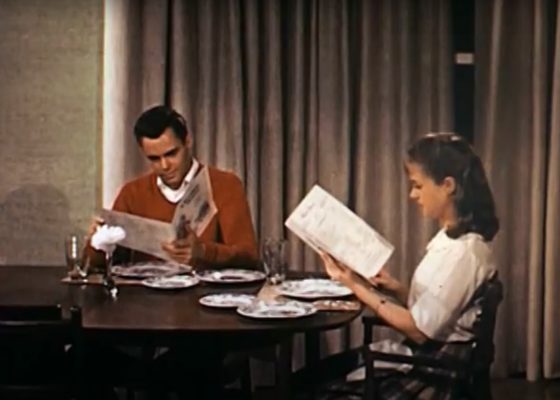
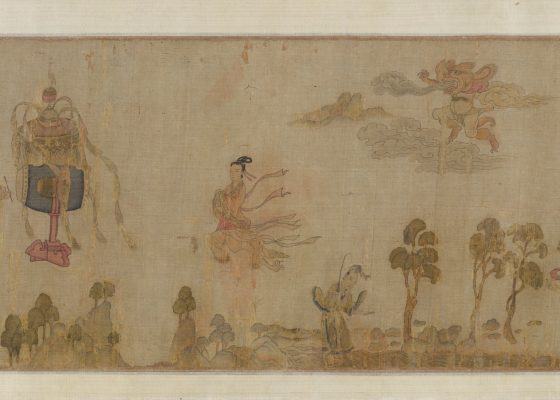
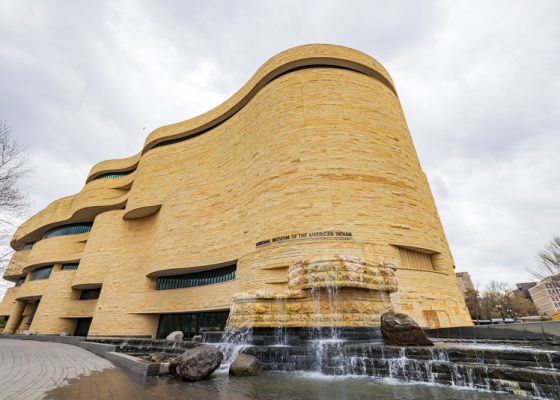




Cancel anytime


Using our website
You may use the The Middle Land website subject to the Terms and Conditions set out on this page. Visit this page regularly to check the latest Terms and Conditions. Access and use of this site constitutes your acceptance of the Terms and Conditions in-force at the time of use.
Intellectual property
Names, images and logos displayed on this site that identify The Middle Land are the intellectual property of New San Cai Inc. Copying any of this material is not permitted without prior written approval from the owner of the relevant intellectual property rights.
Requests for such approval should be directed to the competition committee.
Please provide details of your intended use of the relevant material and include your contact details including name, address, telephone number, fax number and email.
Linking policy
You do not have to ask permission to link directly to pages hosted on this website. However, we do not permit our pages to be loaded directly into frames on your website. Our pages must load into the user’s entire window.
The Middle Land is not responsible for the contents or reliability of any site to which it is hyperlinked and does not necessarily endorse the views expressed within them. Linking to or from this site should not be taken as endorsement of any kind. We cannot guarantee that these links will work all the time and have no control over the availability of the linked pages.
Submissions
All information, data, text, graphics or any other materials whatsoever uploaded or transmitted by you is your sole responsibility. This means that you are entirely responsible for all content you upload, post, email or otherwise transmit to the The Middle Land website.
Virus protection
We make every effort to check and test material at all stages of production. It is always recommended to run an anti-virus program on all material downloaded from the Internet. We cannot accept any responsibility for any loss, disruption or damage to your data or computer system, which may occur while using material derived from this website.
Disclaimer
The website is provided ‘as is’, without any representation or endorsement made, and without warranty of any kind whether express or implied.
Your use of any information or materials on this website is entirely at your own risk, for which we shall not be liable. It is your responsibility to ensure any products, services or information available through this website meet your specific requirements.
We do not warrant the operation of this site will be uninterrupted or error free, that defects will be corrected, or that this site or the server that makes it available are free of viruses or represent the full functionality, accuracy and reliability of the materials. In no event will we be liable for any loss or damage including, without limitation, loss of profits, indirect or consequential loss or damage, or any loss or damages whatsoever arising from the use, or loss of data, arising out of – or in connection with – the use of this website.
Last Updated: September 11, 2024
New San Cai Inc. (hereinafter “The Middle Land,” “we,” “us,” or “our”) owns and operates www.themiddleland.com, its affiliated websites and applications (our “Sites”), and provides related products, services, newsletters, and other offerings (together with the Sites, our “Services”) to art lovers and visitors around the world.
This Privacy Policy (the “Policy”) is intended to provide you with information on how we collect, use, and share your personal data. We process personal data from visitors of our Sites, users of our Services, readers or bloggers (collectively, “you” or “your”). Personal data is any information about you. This Policy also describes your choices regarding use, access, and correction of your personal information.
If after reading this Policy you have additional questions or would like further information, please email at middleland@protonmail.com.
PERSONAL DATA WE COLLECT AND HOW WE USE IT
We collect and process personal data only for lawful reasons, such as our legitimate business interests, your consent, or to fulfill our legal or contractual obligations.
Information You Provide to Us
Most of the information Join Talents collects is provided by you voluntarily while using our Services. We do not request highly sensitive data, such as health or medical information, racial or ethnic origin, political opinions, religious or philosophical beliefs, trade union membership, etc. and we ask that you refrain from sending us any such information.
Here are the types of personal data that you voluntarily provide to us:
As a registered users or customers, you may ask us to review or retrieve emails sent to your business. We will access these emails to provide these services for you.
We use the personal data you provide to us for the following business purposes:
Information Obtained from Third-Party Sources
We collect and publish biographical and other information about users, which we use to promote the articles and our bloggers who use our sites. If you provide personal information about others, or if others give us your information, we will only use that information for the specific reason for which it was provided.
Information We Collect by Automated Means
Log Files
The site uses your IP address to help diagnose server problems, and to administer our website. We use your IP addresses to analyze trends and gather broad demographic information for aggregate use.
Every time you access our Site, some data is temporarily stored and processed in a log file, such as your IP addresses, the browser types, the operating systems, the recalled page, or the date and time of the recall. This data is only evaluated for statistical purposes, such as to help us diagnose problems with our servers, to administer our sites, or to improve our Services.
Do Not Track
Your browser or device may include “Do Not Track” functionality. Our information collection and disclosure practices, and the choices that we provide to customers, will continue to operate as described in this Privacy Policy, whether or not a “Do Not Track” signal is received.
HOW WE SHARE YOUR INFORMATION
We may share your personal data with third parties only in the ways that are described in this Privacy Policy. We do not sell, rent, or lease your personal data to third parties, and We does not transfer your personal data to third parties for their direct marketing purposes.
We may share your personal data with third parties as follows:
There may be other instances where we share your personal data with third parties based on your consent.
HOW WE STORE AND SECURE YOUR INFORMATION
We retain your information for as long as your account is active or as needed to provide you Services. If you wish to cancel your account, please contact us middleland@protonmail.com. We will retain and use your personal data as necessary to comply with legal obligations, resolve disputes, and enforce our agreements.
All you and our data are stored in the server in the United States, we do not sales or transfer your personal data to the third party. All information you provide is stored on a secure server, and we generally accepted industry standards to protect the personal data we process both during transmission and once received.
YOUR RIGHTS/OPT OUT
You may correct, update, amend, delete/remove, or deactivate your account and personal data by making the change on your Blog on www.themiddleland.com or by emailing middleland@protonmail.com. We will respond to your request within a reasonable timeframe.
You may choose to stop receiving Join Talents newsletters or marketing emails at any time by following the unsubscribe instructions included in those communications, or you can email us at middleland@protonmail.com
LINKS TO OTHER WEBSITES
The Middle Land include links to other websites whose privacy practices may differ from that of ours. If you submit personal data to any of those sites, your information is governed by their privacy statements. We encourage you to carefully read the Privacy Policy of any website you visit.
NOTE TO PARENTS OR GUARDIANS
Our Services are not intended for use by children, and we do not knowingly or intentionally solicit data from or market to children under the age of 18. We reserve the right to delete the child’s information and the child’s registration on the Sites.
PRIVACY POLICY CHANGES
We may update this Privacy Policy to reflect changes to our personal data processing practices. If any material changes are made, we will notify you on the Sites prior to the change becoming effective. You are encouraged to periodically review this Policy.
HOW TO CONTACT US
If you have any questions about our Privacy Policy, please email middleland@protonmail.com
The Michelin brothers created the guide, which included information like maps, car mechanics listings, hotels and petrol stations across France to spur demand.
The guide began to award stars to fine dining restaurants in 1926.
At first, they offered just one star, the concept was expanded in 1931 to include one, two and three stars. One star establishments represent a “very good restaurant in its category”. Two honour “excellent cooking, worth a detour” and three reward “exceptional cuisine, worth a
Thank you for your participation,
please Log in or Sign up to Vote
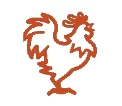
123Sign in to your account